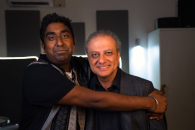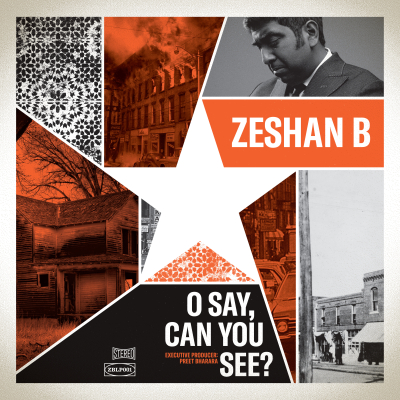Zeshan B
Click  on photo to download high resolution version
on photo to download high resolution version
All rights reserved. Photos are for editorial use only.
Photos
Videos
Latest ReleaseView All
O Say, Can You See?
Release date: 7.26.24
Press Releases View All
Zeshan B Fights For Freedom On New Single “Mountaintop,” Released On 2nd Anniversary Of Supreme Court Decision To Overturn Roe V. Wade
Read MoreSocial Justice meets Chicago Soul on New Album From Zeshan B, Executive Produced by Preet Bharara
Read MoreZeshan B Releases New Album Melismatic, A Soulful Soundtrack For Social Justice
Read MoreBiography View
Singer Zeshan B’s music has always been about building community. His ethos includes building ties with musicians who share his love for timeless R&B and can inform this sound with classical orchestrations and jazz improvisation. His songs detail struggles in American cities today, which he connects to a global consciousness—singing his original lyrics in English and the Urdu language of his grandparents. All of these elements blend for his stunning new album, O Say Can You See?.
“I feel that in the past seven years since my debut record, I’ve learned so much about songwriting,” Zeshan says. “I put a lot of time and energy into developing my own compositional voice. The north star is still R&B and soul. My influences are multiple – and there are many that don’t necessarily fall neatly into the genre of R&B and soul. But when it comes to the writing of the songs, I feel that Soul is my home base.”
Zeshan’s take on classic R&B shaped his debut album, Vetted, in 2017. He then recorded an all-original set of music for the follow-up, Melismatic, two years later, which included the anthem, “Brown Power.” But just as it was released and he received international media acclaim, COVID struck and, like everyone, he struggled through isolation. So Zeshan focused on writing the songs that comprise O Say, Can You See?
“With Vetted and Melismatic, I was touring a lot more and didn’t have the time for reflection,” Zeshan says. “But for the tunes on O Say, Can You See?, the forced isolation of the pandemic gave me no choice but to reflect on things. COVID forced my hand. And for this album I started listening to so much Frank Sinatra and Dean Martin to put me in a good mood, I wanted the album to be half R&B soul, half crooner. That didn’t transpire, except for one song (“Flight Of The Butterfly”). As someone with a lot of eclectic influences I initially felt like going in multiple directions. But ultimately I thought it was best to feel authentic.”
For that authenticity, Zeshan went back to his roots. On a few tracks, he brings in the experiences he had singing in a gospel choir during his high school years in suburban Chicago. But the orchestration on O Say, Can You See? also required Zeshan to bring in the skills he acquired from his degree in opera from Northwestern University. While Zeshan’s co-writer Michael McAllister arranged all of the tunes, Zeshan also had to think like an arranger.
I had to go back to being a classical musician and think of classical, orchestral gestures,” Zeshan says. “This was the biggest instrumentation I ever used. At the height of 2020, I was listening to so many orchestral albums because they also put me in a good mood—Gil Evans, Nelson Riddle, Duke Ellington—people who were masters of instrumentation and arranging. Nelson’s arrangements for Sinatra and Ella Fitzgerald are just gold. It was fun to channel that, but it meant stepping out of my comfort zone.”
“We don’t live in an age where you can just be a singer,” Zeshan continued. “Now, a singer – especially an independent artis – has to have knowledge of arranging, producing and writing. But I love the whole teamwork dynamic.
The most surprising collaborator on O Say, Can You See? is the album’s Executive Producer Preet Bharara – the former U.S. Attorney for the Southern District of New York and hosts of award winning podcast “Stay Tuned With Preet,”. The unusual duo met during the pandemic. Along with sharing a dedication to social justice, both of them also have similar aesthetics in their appreciation of the arts, especially music and film.
“A former U.S. attorney and a singer, you wouldn’t group those things together,” Zeshan says. “We entered this amazing partnership and he has given me so much artistic freedom to do what I do best,. But he also brings so much wisdom and interesting solutions to my creative questions. It’s been a symbiotic relationship and he has great artistic ideas, too. He’s quite more knowledgeable about art and music than he lets on. He has a keen sense of aesthetics. His insights are very interesting and it’s been a wonderful collaboration. All his life he has fought for justice in the courtroom. All my life I’ve fought for justice with a microphone. I’m so grateful to have him in my corner.”
Themes of social justice run throughout O Say, Can You See? Zeshan has thought about these issues throughout his life. But the past few years brought many things to the forefront. During the pandemic, his wife – a doctor – was on the frontlines.
Other news stories, even some that received less attention also deeply impacted Zeshan..
“The pandemic was of course, front and center. My wife being on the front lines gave me an altogether different lens,” Zeshan says. “We were living in the Bronx and Baltimore where we saw inequities and disparities in health care. The murders of George Floyd, and Breonna Taylor deeply hurt me. The 2020 election and the January 6th insurrection were a low point in America. The death of Bill Withers saddened me because he was the soundtrack to my childhood. So when Bill passed, I felt I lost a part of myself. I cried so much that day.”
Along with reflecting on the musical sounds of Zeshan’s childhood, O Say, Can You See? includes one Urdu-language track. “Woh Zamana Yaad Hai,” translates as “I remember that time.” It’s a look at his personal past as a first-generation Indian-American, delivered the way a classic American soul artist would.
“Urdu music has left such an indelible mark on me and my consciousness, it’s only natural for me to think creatively in Urdu,” Zeshan says. “I have ties to the culture as well. It’s not just that I speak the language. I cook the food. I also wear the clothes every now and then. So it’s in my DNA. I wanted to write a song that was unique and not just some faraway sounding thing. The groove and chord structure are that link—-very much a 70s R&B/urban blues treatment. But then I top-lined it with the old, beautiful Urdu that my grandparents spoke. So it’s very Indo-American. But hey, that’s me. Even though I’m a child of Indians, at the end of the day, I’m an American product.
As Zeshan prepares for events and appearances to showcase O Say, Can You See?, he wants listeners to share in a sense of hope that he always finds in his favorite records.
"When there’s so much strife going on, singing something optimistic is just therapeutic,” Zeshan says. “That’s why gospel music is so uplifting: There’s something you feel, there’s some redemption, some hope, some solace. Curtis Mayfield & The Impressions’ songs are a great reference point. Music from the Civil Rights era were had so much idealism. I need to hear this optimism. I need to sing it to myself. And maybe, just maybe there are others who could use it too.”
Online
Press Clippings
- Morning Joe
- NPR Weekend Edition
- NowThis
- The FADER
- Men's Health
- KTLA
- Brown Girl Magazine
- BrooklynVegan
- American Songwriter
- FLOOD Magazine
- Popdust
- Consequence of Sound
- KUTX
- PopMatters
- The Late Show with Stephen Colbert
- PBS NewsHour
- Democracy Now!
- New York Times
- Rolling Stone
- NBC Asian America
- AV Club

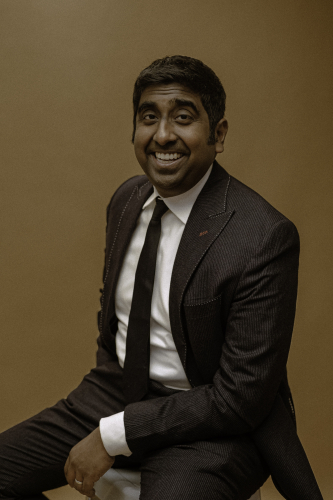
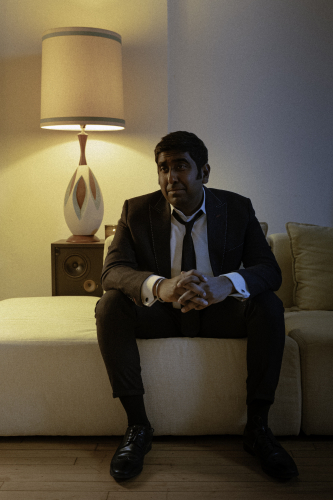
_333_500_s.jpeg)
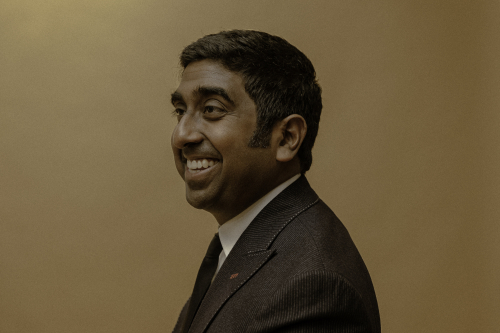
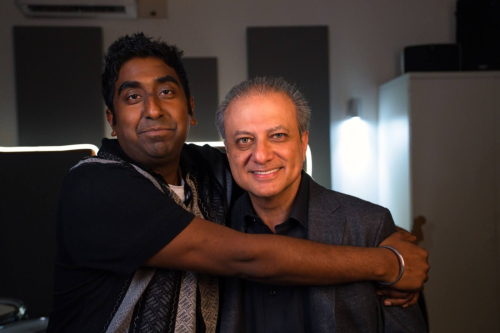


_87_130_s.jpeg)

